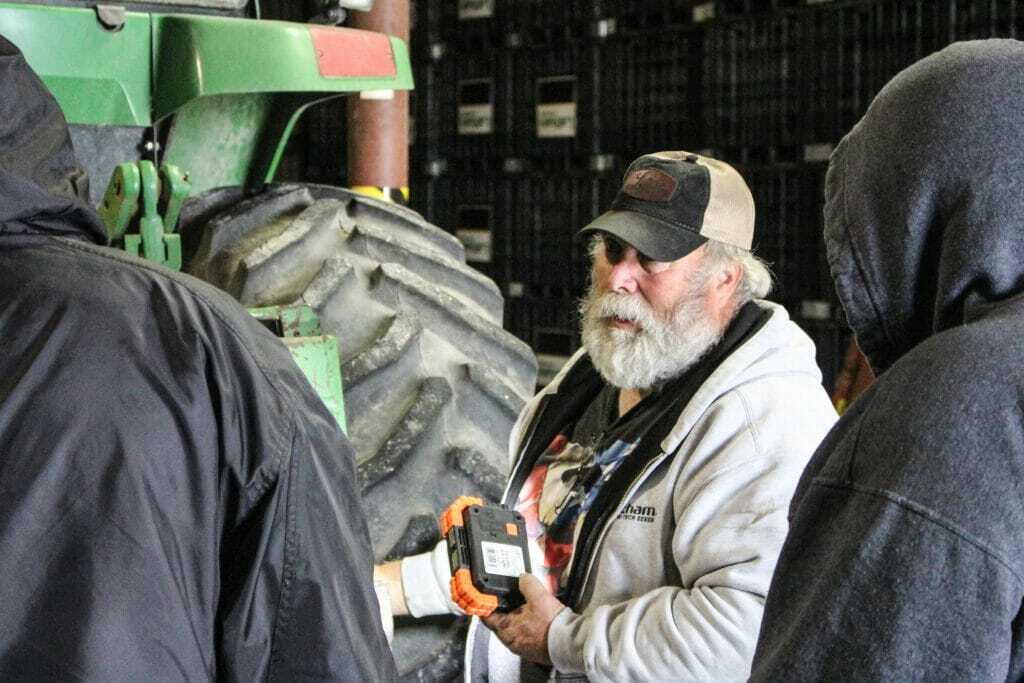
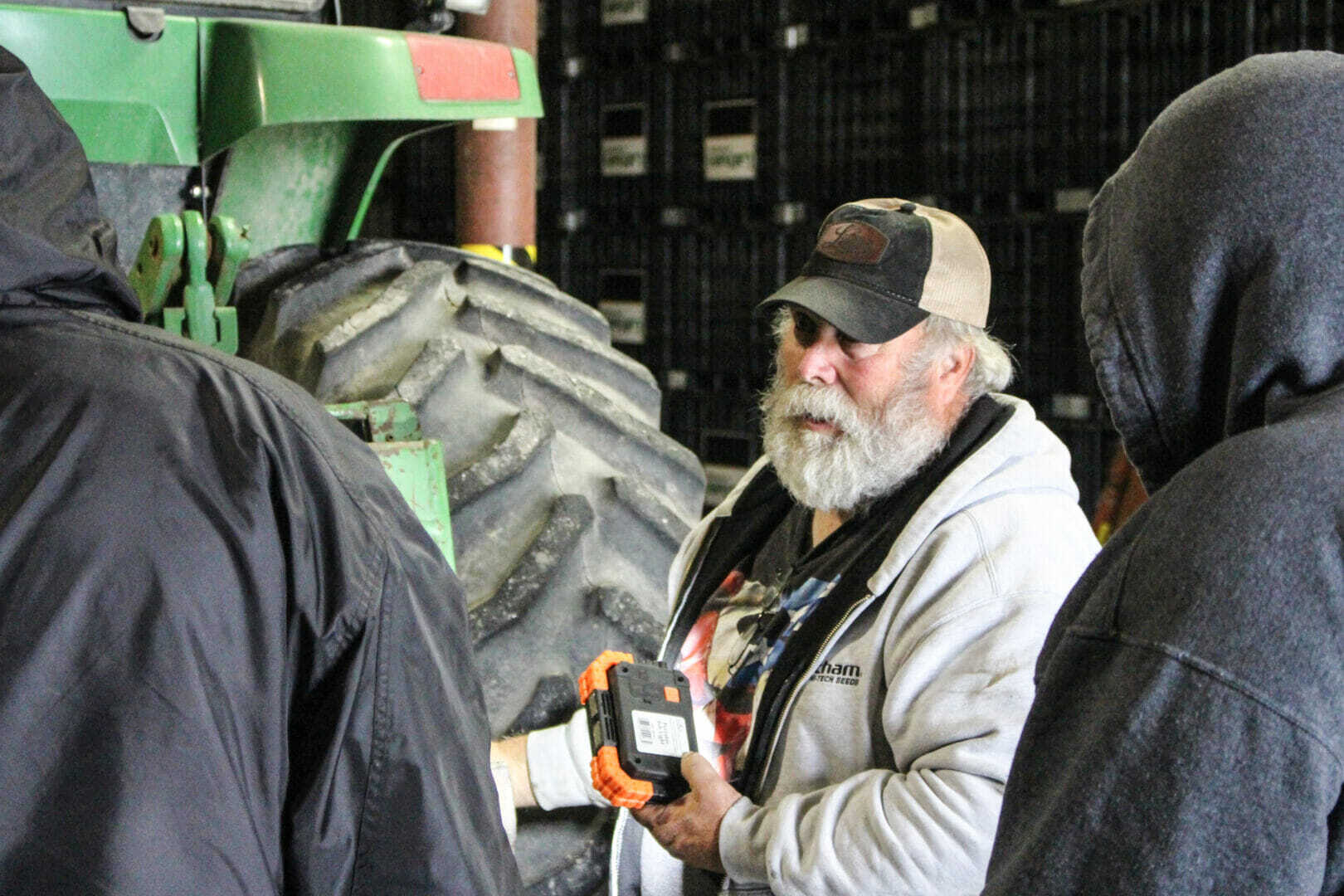

Are you ready for the next new soybean technology? XtendFlex® from Bayer is expected to attain full global approval by mid-spring of 2020.
These soybeans will be the next triple-stack option for farmers, who continue to battle weed resistance. XtendFlex soybeans will be tolerant to glyphosate (Roundup), dicamba (XtendiMax, Engenia, etc.) and gluphosinate (Liberty®) herbicides.
The last hurdle for Bayer to clear is the European Union (EU). All other major soybean importing countries, including China and the Philippines, have granted their approval for this technology. Bayer has recently received a positive opinion from the European Food Safety Authority (EFSA), which is a key milestone in preparation for full commercialization in all markets.
Bayer has XtendFlex Ground Breaker Field Trials in place this growing season. In fact, Latham Seeds has an EPA-stewarded trial at our research farm near Alexander, Iowa.
Join us to learn about all the exciting new traits and genetics that Latham offers in corn, soybeans and alfalfa! If you can’t make it to Alexander on September 6, contact your Latham® representative to set up a personal tour. You’re welcome to bring other farmers with you either to our field day or to a personalized tour. Load up the truck and head our way! We look forward to seeing you soon.


The American Seed Trade Association’s (ASTA) newly-elected officer team was announced recently during ASTA’s Policy & Leadership Development. Members of the FY2019-20 ASTA officer team—officially taking office on July 1 are: Chair Wayne Gale, Stokes Seed; First Vice Chair John Latham, Latham Hi‑Tech Seeds; and Second Vice Chair Brad May, BASF.
“To be nominated to ASTA leadership by these leaders is a true honor. I’ll take away from this experience life-long friends and memories,” says John Latham, who has served on the ASTA board of directors and its executive committee for the past seven years. (Click here to watch a short biographical video that was played last week when John was inducted as First Vice Chair.) “It has been a great opportunity to get to know seed industry leaders from all sectors of the seed industry. I’ve been able to learn a great deal about the industry that I’ve been able to bring to our business.”
During the conference, June 15-19 in Denver, ASTA also announced winners of its prestigious annual awards: the Distinguished Service, Honorary Member plus a brand-new award called the the Better Seed, Better Life Ambassador Award.
2019 ASTA Distinguished Service Award: ASTA’s Distinguished Service Award recognizes an individual who made outstanding contributions to our industry throughout the year. The 2019 award was presented to Alan Galbreth, who has spent his entire 43-year career in the seed industry working for the Indiana Crop Improvement Association (ICIA), where he was appointed CEO In 2011. He serves on various committees within AOSA/SCST, AOSCA and ASTA, including as Chair of the former ASTA Seed Analyst Liaison Committee and more recently as Chair of the ASTA Seed Industry Relations Committee. He also represents ASTA on the international level as a liaison to the OECD Seed Schemes.
2019 ASTA Honorary Member Award: ASTA’s Honorary Member Award recognizes individuals who exemplify leadership, vision and service. This year’s award was bestowed upon two seed-industry professionals.
Better Seed, Better Life Ambassador Award: Lileen Coulloudon, Texas Foundation Seed Service, is the recipient of the first-ever ASTA award honoring an individual for exemplary advocacy on behalf of the seed industry. New to the seed industry, and a recent addition to ASTA’s Seed Ambassador Leadership Team (SALT), Coulloudon has demonstrated true leadership in advocacy by sharing the “Better Seed, Better Life” message online and within her community.
For photos from the conference, visit the PLDC Flickr album.
Founded in 1883, the American Seed Trade Association (ASTA) represents over 700 companies involved in seed production, plant breeding and related industries in North America. ASTA is the leading voice of action in all matters concerning the development, marketing and movement of seed, associated products and services throughout the world. The association’s broad membership offers varieties from alfalfa to zucchini and all production types including conventional, organic and biotech. ASTA promotes the development of better seed to produce better crops for a better quality of life.
The American Seed Trade Association plays an important role in helping regulators and legislators understand issues that impact trade and our everyday business, adds John. That’s why he has made a point of “storming the hill” annually. During a visit to Capitol Hill this spring, John and other ASTA leaders discussed trade, plant breeding innovation and agricultural research with federal officials. Because sophisticated breeding programs allow the seed industry to help meet the need for a wide variety of nutritious and high quality products, while supporting sustainable agriculture practices that preserve our environment’s natural resource and biodiversity, industry representatives spend a great deal of time advocating for science.
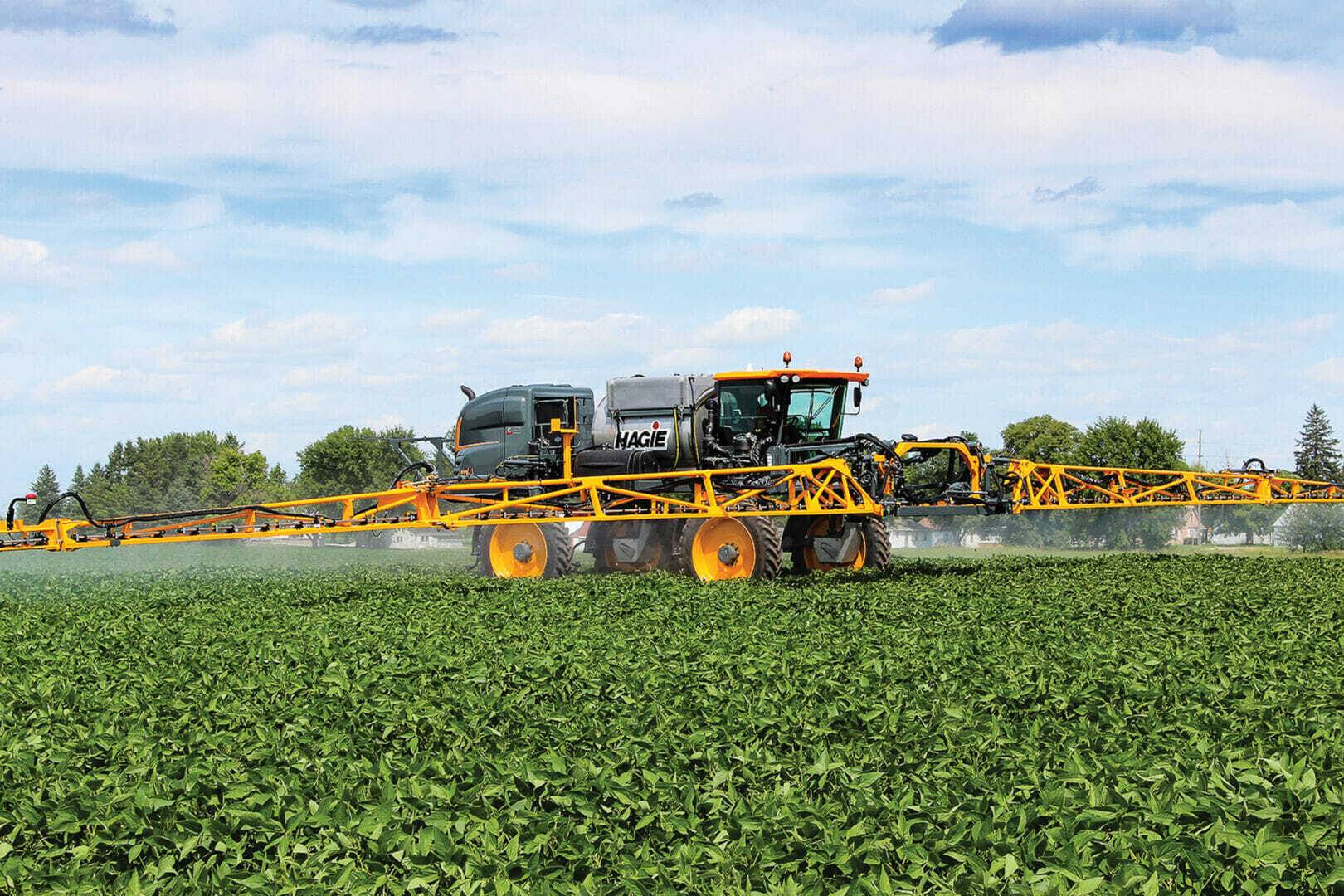
In 2018, the EPA extended the registration for over-the-top use of select dicamba products to control weeds in soybean and cotton fields that are genetically engineered to resist dicamba. This registration included label updates which add certain measures to further minimize the potential of off-target damage. This registration will automatically expire on December 20, 2020, unless the EPA extends it further. Listed below are some of the FEDERAL updates now in effect:
Minnesota: Must not apply dicamba herbicides after June 20th. There will be no temperature restriction for 2019.
North Dakota: Must not apply dicamba after June 30th. Keeping records of dicamba applications is required and will be strictly enforced.
South Dakota: Must not apply dicamba after June 30th, 45 days after planting or the R1 (beginning bloom) stage of soybeans, whichever comes first. Applicators must also pass a short exam after training is completed.
Illinois: Must not apply dicamba after June 30th. Do not apply when the wind is blowing toward adjacent residential areas. Before spraying, the applicator must consult the FieldWatch sensitive crop registry. Further restrictions apply when spraying near the downfield edge of any Illinois Nature Preserves Commission Site.
These are just some of the new requirements for the application of dicamba over-the-top of soybeans in 2019. There may be additional restrictions from the states not mentioned above or from local authorities. If you will be applying any of the dicamba products in 2019, make certain you attend the required ANNUAL training and conform to what the label requires. Please make these restrictions a high priority so we can continue to use this valuable tool in the fight against weed resistance!


Commentary by Aaron Putze, APR
As we near the one-year mark of the U.S.-China trade war, conversations about how and when it will be resolved and its lingering implications on Iowa agriculture are ripe with educated guesses and outright speculation.
What we know for sure is that the trade dispute’s reverberations impact nations far and wide.
No one better understands the stakes – or is monitoring the situation more closely – than Iowa’s soybean farmers. That’s because they have the most to lose – or gain – from U.S. trade relations with China.
U.S. soy exports to China have fallen dramatically, down more than 90 percent during the first quarter of the 2018-19 marketing year compared to the same time one year earlier. Subsequent real and intended purchases by China of an additional 10 million metric tons has drawn merely a yawn from the Chicago Board of Trade.
Now, nearly one year into the trade war and with planting season looming, domestic soybean supplies continue building while prices remain well below the cost of production for most farmers. Add foul weather into the mix and, well, let’s just say these aren’t fun times in U.S. farm country.

While nothing can be done about the weather, most believe something can be accomplished on trade. Yet the stalemate continues. What’s most disconcerting for soybean farmers and the industry is a complete lack of clarity or consensus about if, how and when a deal will be struck between the two countries.
I’ve visited with numerous farmers about the trade stalemate. Some are more positive than others about the situation and its short- and long-term impact on their farm and the industry. Using that approach, I organized key take-aways from time spent in China March 24-30 as a participant in an Iowa Soybean Association-led trade mission:

China’s increasingly urban population holds great potential for U.S. agriculture. Forty years ago, 18 percent of China’s population lived in cities. Today, its 58 percent – or around 840 million people. An additional 300 million Chinese residents are expected to transition from small, rural villages to urban centers by 2030. With city living comes increased income, with the average city dweller earning nearly triple of their rural neighbors.
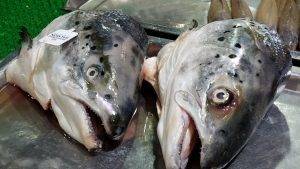
There are only three places on the planet that grow significant amounts of soybeans: Brazil, Argentina and the U.S. While Argentina did get stung last year by a drought, overall production has steadily increased the past six years due in large part to favorable weather conditions. Meteorologists say it’s reasonable to assume that Mother Nature will have a change in attitude in one of these key growing regions sooner rather than later. When that happens, soybean prices will respond accordingly offering opportunities for farmers hungry to make sales.
Some speculate that a resolution to the trade war is imminent and soybean prices will respond positively and quickly. Some believe an agreement will take years. Still others contend that even if an agreement is announced tomorrow via Twitter, the U.S. will struggle to reclaim only two-thirds of sales once made to China.
Only time will tell.
In the interim, it’s game on to find new markets, confirm new sales and make the case to the administration about swiftly resolving the trade war.

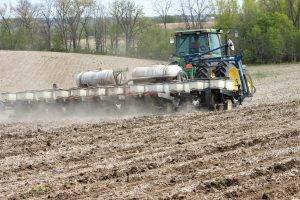 As prices have dropped over the last two months, farmers are second guessing planting intentions. They are looking to cut costs, and often times cost cutting starts at cutting seed costs. Keeping the hybrids with top yield and proven performance versus picking up a cheaper option is key to end-of-year profit. Cheap seed options can be older genetics, poor performing genetics or even discontinued genetics reaching the end of their life and viability.
As prices have dropped over the last two months, farmers are second guessing planting intentions. They are looking to cut costs, and often times cost cutting starts at cutting seed costs. Keeping the hybrids with top yield and proven performance versus picking up a cheaper option is key to end-of-year profit. Cheap seed options can be older genetics, poor performing genetics or even discontinued genetics reaching the end of their life and viability.
It doesn’t take much to make up for inferior genetics as in perceived seed savings. Cutting $50 a bag is only saving $20 an acre, or roughly seven bushels. One cost savings that may be applicable to North Dakota farmers would be changing from a VT2 PRO to a Roundup Ready 2 trait. Keep the genetic that performs on that particular field and save the difference in trait costs. However, It may require more attention to pests throughout the growing season and an additional cost of an aerial application with insecticide. Check with your Latham® dealer on availability and your agronomist about the rising potential for future pest issues in your area.
Farmers can add fertility after the crop is established. They can also add weed control after the crop. However, there’s only once chance to place the right seed on the right acre. Seed is truly the foundation for every successful crop. Why limit net farm profitability from the onset?

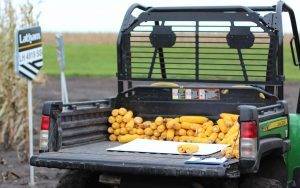 Webster’s Dictionary defines “risk” in many ways, including a chance that an investment will lose value or something that creates a hazard.
Webster’s Dictionary defines “risk” in many ways, including a chance that an investment will lose value or something that creates a hazard.
No matter how one defines risk, it’s a reality of production agriculture. Each decision farmers make comes with varying degrees of risk. That’s why it’s helpful to take an annual inventory of details in your own crop production. Bottom line: Check your production-limiting factors to set yourself up for success.
“Trust but verify,” is a famous quote by President Ronald Regan that appeals to my data-driven personality. This quote applies to crop production because now is a good time to verify that the seed corn you ordered early is the right hybrid for the majority soil type on the field in which you will plant it. Now is also a good time to ensure you have enough genetic diversity in your crop plan. On page 12 of Latham Seeds 2019 Product Guide, there is a corn placement chart to help you verify that the genetics you have selected for that soil type is the best fit.
Margins are super tight, and we’re looking for ways to cut costs. If we cut fertility, we risk losing potential yield. Many researchers suggest that up to 60% of yield is dependent upon fertility. If we plant inferior genetics, or place the genetics on the wrong soil type, we run the risk of yield reduction. While this is a review for most, my point is that plant genetics are critical to managing risk.
Understanding – and acknowledging – the depth of the genetics will pay dividends. I’m a very big believer in planting agronomically-stable products on a percentage of your acres. As margins thin, I look for hybrids with proven stability. I know each farmer has his or her own beliefs, but one thing we have in common is that we’re all trying to manage risk.
My hope is that you go into the spring planting season with a sense of confidence, knowing you have done the best job you could with product selection, product placement, fertility and planting conditions. Have a little fun this season and remember to take care of yourself, too!
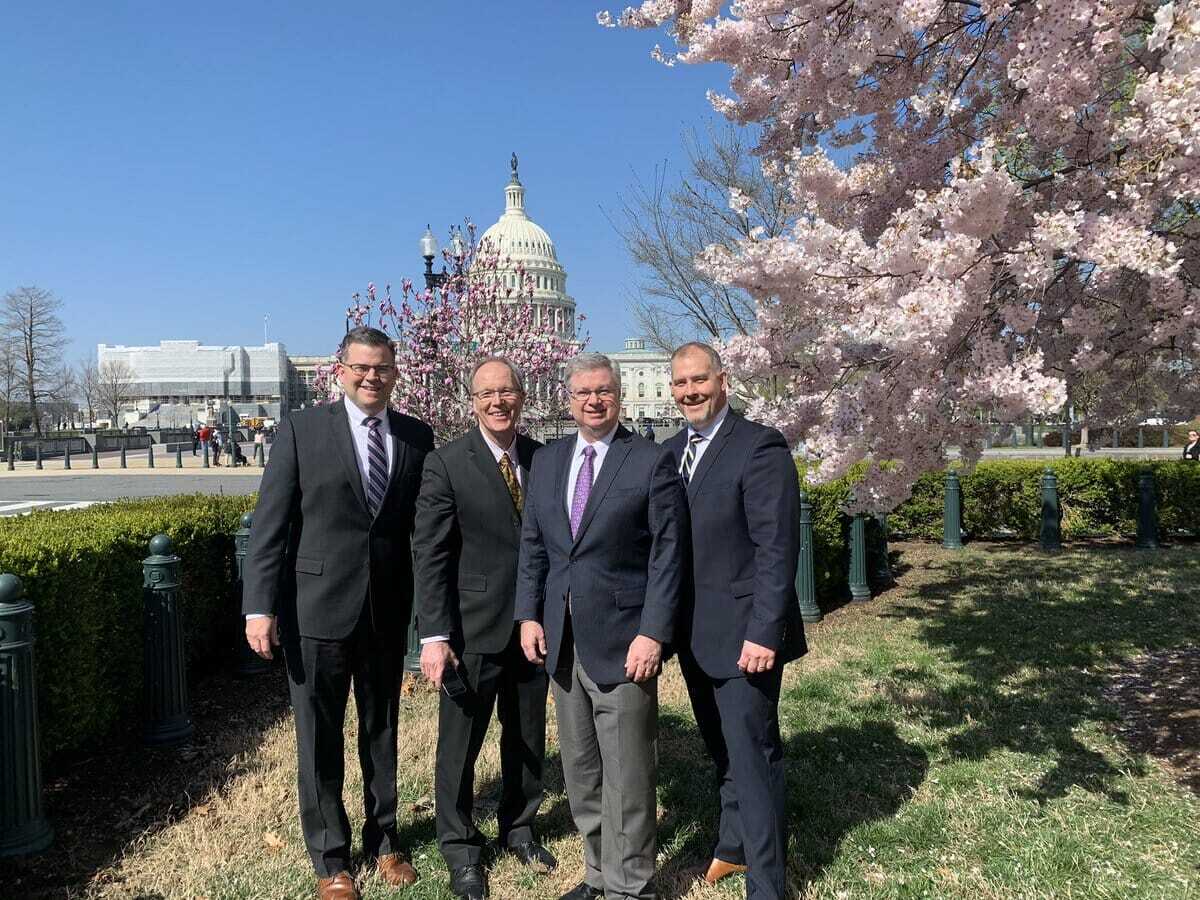

John Latham, president of Latham Hi‑Tech Seeds, last week joined a diverse group of seed-industry leaders Washington, D.C., for the American Seed Trade Association’s (ASTA) annual Storm the Hill legislative event. Topping the list of 2019 legislative priorities are innovation, trade and agriculture research funding.
“Virtually everything in life starts with a seed, and so many things we enjoy as a society today — from our food, to our clothes, to the fuel that powers our cars — are the direct result of continued seed improvement over the years,” said ASTA President & CEO Andy LaVigne. “As our world faces growing environmental and food production pressures, seed innovation is critical to a sustainable future. The policies being made today in Washington, D.C., will have major impacts on the seed industry’s ability to continue to meet domestic and global challenges in the years ahead.”
INNOVATION: Plant breeding innovation offers exciting potential for our planet, our health and our food. Breeding methods like gene editing can be accessible to breeding programs for every crop and to both the public and private breeding sectors. To fully realize the potential of evolving methods, policy must be based on the end-product and not the breeding method itself. If newer breeding methods result in plant varieties that are the same or indistinguishable from varieties developed through more traditional methods, they should not be treated differently from a regulatory perspective. It is critical that USDA, EPA and FDA are coordinated in their policies surrounding plant breeding innovation, and that the U.S. takes a leadership role in working towards policy alignment at the global level. LEARN MORE.
TRADE: Seed is a global industry, with U.S. exports totaling $1.9 billion in 2018. Seed exports to Mexico and Canada combined for a total of $630 million last year. ASTA urges swift passage of the U.S.-Mexico-Canada Agreement (USMCA) agreement which: strengthens science-based sanitary and phytosanitary regulations; provides strong intellectual property protections, including adoption of UPOV 91 requirements; and promotes innovation by harmonizing the agricultural biotechnology trait approval process. LEARN MORE.
AGRICULTURE RESEARCH: ASTA members will be reinforcing the need for continued funding for USDA agriculture research, including critical programs like the Germplasm Enhancement of Maize (GEM) program and the National Plant Germplasm System. GEM is a unique public-private partnership between the federal government, universities and companies of all sizes, GEM supports global food security by promoting genetic diversity in corn. LEARN MORE.
ASTA members representing 15 states participated in more than 70 meetings on Capitol Hill.
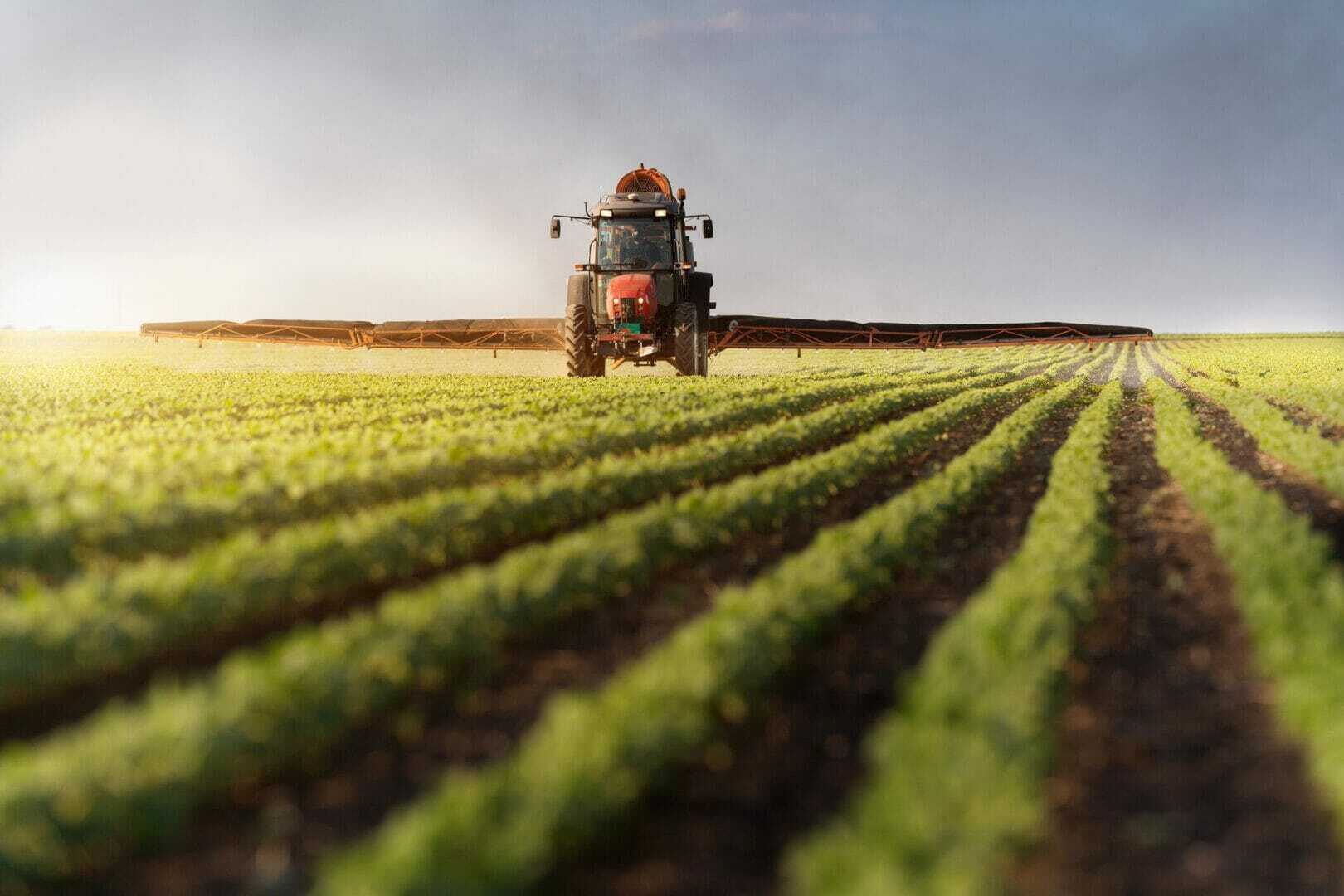
 Before you spray Xtend soybeans this spring with a dicamba-based herbicide, remember that federal law requires that all applications be made by a properly trained certified applicator. Both custom or private applicators must attend annual training, so they’re up-to-date on all new rules and regulations.
Before you spray Xtend soybeans this spring with a dicamba-based herbicide, remember that federal law requires that all applications be made by a properly trained certified applicator. Both custom or private applicators must attend annual training, so they’re up-to-date on all new rules and regulations.
Most of the live training sessions have been cancelled due to the coronavirus pandemic. However, there’s still time to complete online training. Listed below are websites, by state, where you can get information about online training courses. I’ve also added some comments from state Departments of Ag about possible 2020 changes to the herbicide labels.
Iowa, North Dakota, South Dakota, and Wisconsin: No known changes to the state label in any of these states. The individual state DOA’s direct applicators to the various company websites listed below for their annual training.
Minnesota online: Applications needing dicamba training should visit https://mcpr-cca.org/dicamba-information-trainings/. Some farmers were hoping the MDA would loosen its restriction on how late dicamba applications may be made. The MDA is holding fast to June 20 or the R1 stage of the crop, whichever comes first. No changes have been made from 2019 requirements.
Nebraska: The Nebraska DOA is directing applicators to this UNL Extension website for dicamba training https://pested.unl.edu/dicamba. No listed changes to the 2019 guidelines for application.
Illinois: The IDOA has further restricted applications of dicamba herbicide over the top of Xtend soybeans to no later than June 20 or the R1 stage of the crop, whichever comes first. NOTE: This is a change from 2019 when the last date of application was June 30. For training, the IDOA directs applicators to this website, sponsored by the Illinois Fertilizer and Chemical Association: https://ifca.com/IllinoisDicambaTraining.
There are four dicamba herbicide formulations approved for use over the top of Xtend soybeans. They are XtendiMax® with VaporGrip® Technology from Bayer CropScience, Engenia® from BASF, FeXapan® with VaporGrip® from Corteva and Tavium® with VaporGrip® from Syngenta.
All four companies provide online dicamba application training for applicators. NOTE: You’re only required to attend one online session, regardless of which herbicide you eventually apply. Here’s the list of the various company sponsored training websites:
• BASF: https://bit.ly/2xTlJV9
• Bayer CropScience: https://bit.ly/2RjHt3e
• Corteva: https://bit.ly/2UTSpH7
• Syngenta: https://bit.ly/2V7OuFv
May God keep you and your family safe as we work together to provide the world with much-needed food and supplies during this difficult time. You are a blessing to all!
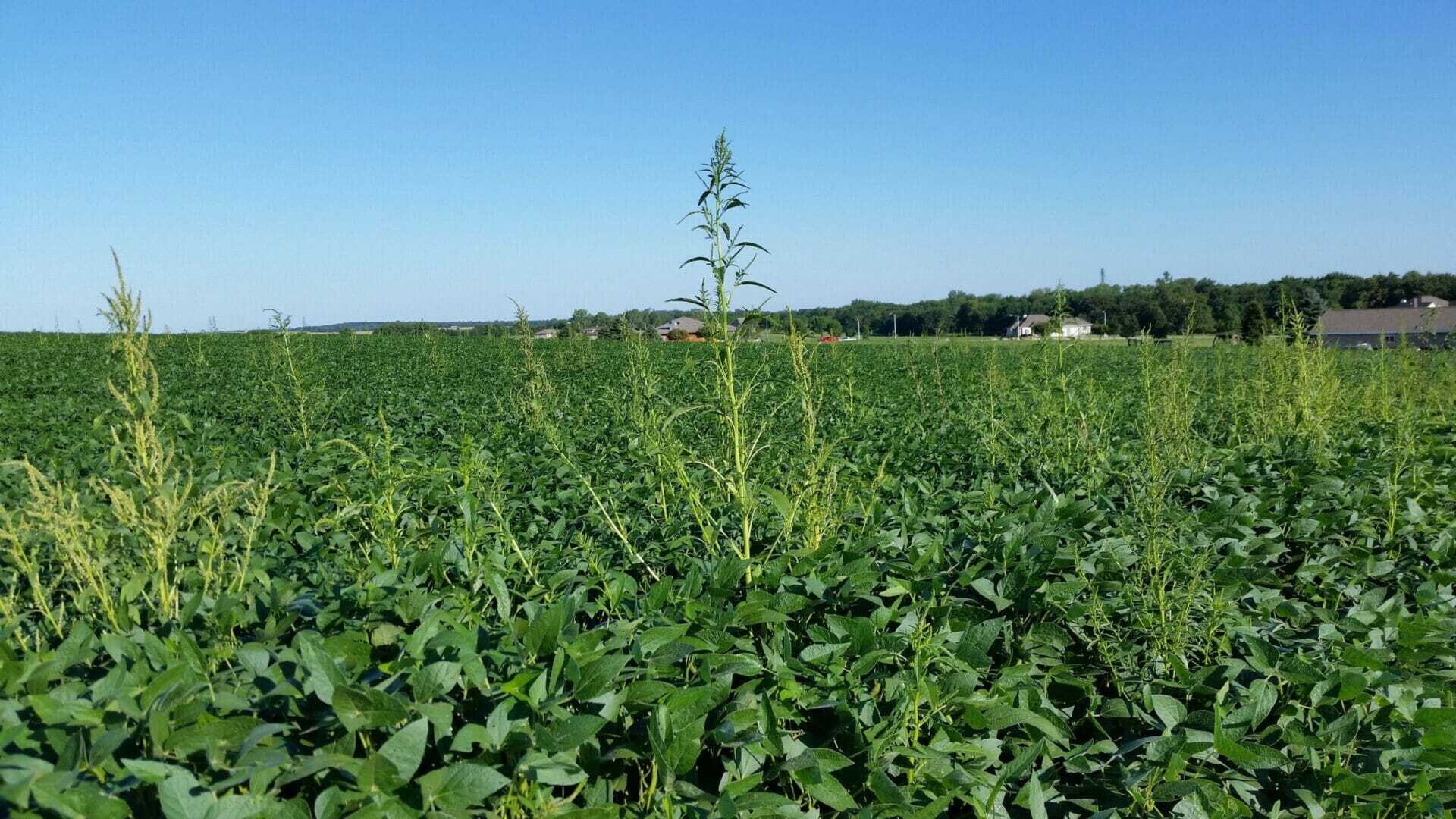
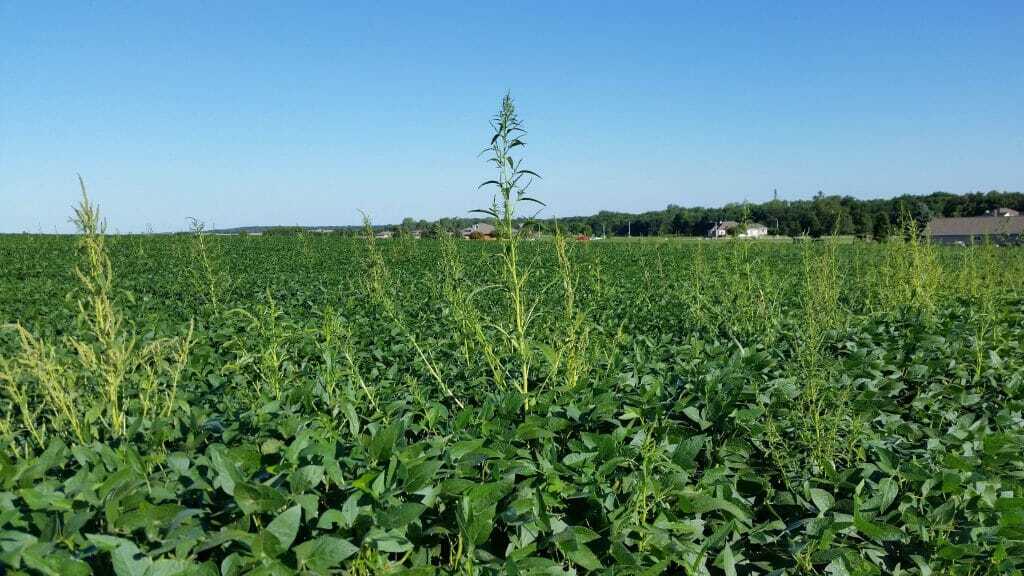 One of the main topics of conversation this season is weed management and herbicides with various technology options. As an independent company, Latham Hi‑Tech Seeds has broad options of trait packages, so it’s good to strategically select which trait option will work best for your operation.
One of the main topics of conversation this season is weed management and herbicides with various technology options. As an independent company, Latham Hi‑Tech Seeds has broad options of trait packages, so it’s good to strategically select which trait option will work best for your operation.
Start by looking at the type of weed pressure you have and also consider any insect pressure that needs to be factored into the decision. Then weigh the Independent Options® and their herbicide technologies.
Latham’s Data Forward platform provides an easy way to keep these options organized within your operation and prevent mistakes from happening during the busy seasons. Below are “organizational options” within Data Forward:
Staying organized will help ensure there are no mistakes in the busy season. Simply enter your herbicide and fertility programs into your Data Forward app, using your iPhone or iPad. Data Forward helps you track your crop protection and fertilizer program, so your operations run efficiently all growing season long. You can run reports to show a photo of the field and boundaries, total acres, application timing, application method, product type, product name, rates, and total amount of product needed for that field. Your crop protection decisions also will play a large role in your seed decisions.
Another great tool within Data Forward is the Planting Recommendation tab, which keeps your seeding plan organized for the busy season. Planting recommendation is a great way to assure that your varieties/hybrids get placed on the correct acre at the proper population rates. We understand that sometimes things change in season and the plan doesn’t always come together. If this happens, it is easy to edit to make these changes in the Data Forward app. You can apply notes to why you may have made these changes for record keeping, which is crucial to your return on investment (ROI).
Now, more than ever, it is important to avoid any mistakes within our farming operations. Data Forward allows you to keep the 2020 crop plan at your fingertips! Literally, you can work your plan by using the Data Forward app on an iPhone or iPad or using our detailed Data Forward Report book that may be kept in your cab. Reach out to your Precision Agronomy Advisors to learn more!